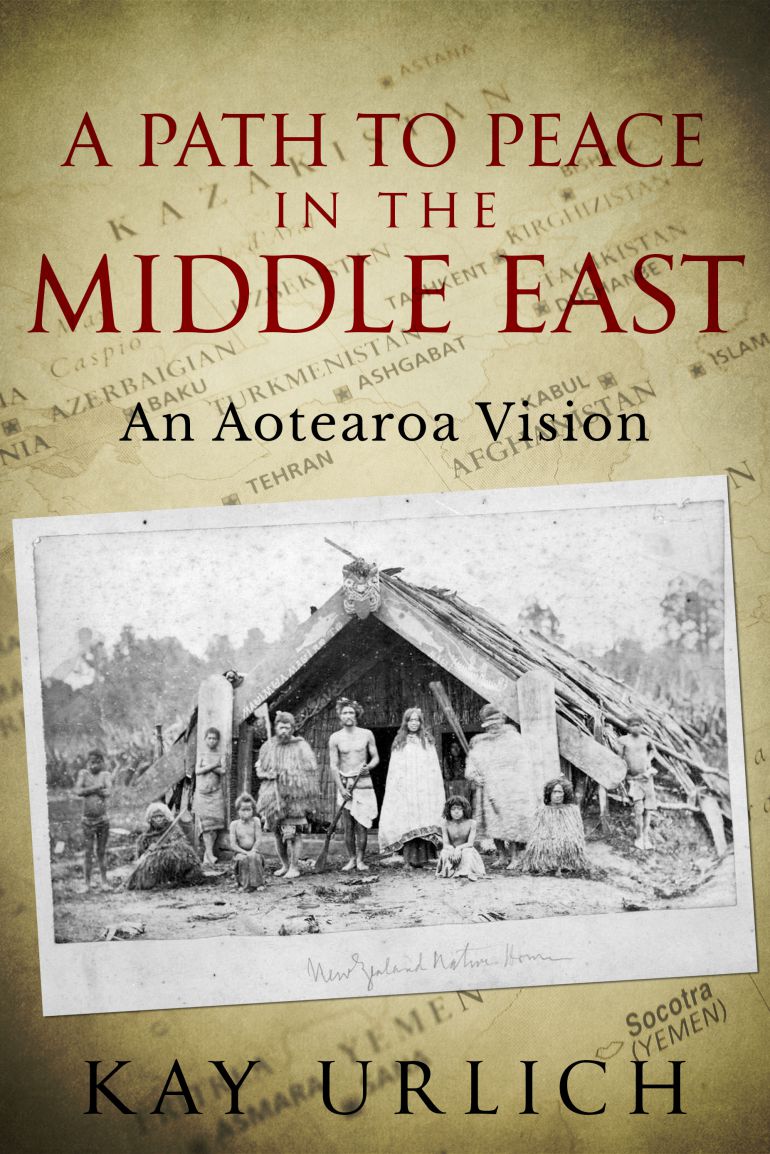Would activating indigenous knowledge promote more caring societies?

To solve the world’s most complex problems, scholars and policymakers are exploring new ideas.
But the problem with this thinking is that searching for new ideas from the limited range of the existing mindset is counterproductive.
According to Buckminster Fuller “You cannot solve the problem with the same mind that created it.”
The only way out of this is to seek dialogue and diversity from other perspectives – such as having a Marae in all schools.
Many schools in NZ already have a Marae in place so would having one in all schools help to neutralize problems such as bullying, sexual assault, racial difficulties, and youth suicide?
In these times of high youth suicide rates, we need to seriously consider safe places for all children when they are under pressure from the school workload or the bullying culture that pervades society.
Many cry out that “pandering” to children's fears turns them into “Snowflakes” a derogatory term coined to indicate the conviction that one’s child is more special than others and should be treated differently. Some universities in the USA have created safe places for sensitive millennials who some say are emotionally vulnerable and more prone to taking offence: should we tell them to toughen up?
Would a Marae help ease out the idea of kids ‘toughening up’ through brutal conditioning?
Would a more thoughtful approach help lesson the gender and racial challenges children face? Would a marae setting help them find ways in which to not only cope but empower themselves while changing the culture around them – a culture that, unaddressed, leads to hardened attitudes in the workplace?
Teachers are overwhelmed with work not only in teaching reading writing and ‘rithmatic but in an age of social media and rampant sexual exploitation are also required to monitor their student’s mental health – it’s too much to expect from anybody.
Considering that the Marae is the central meeting and nurturing place for whanau, hapu, and iwi it is fundamental to the Maori way of life where all cultures are free to rest and to speak.
What are the fundamentals of a Marae?
In words of Hoani Rangihau, “A Marae is the one institute of Māori society where Pakeha can meet the Māori on Māori terms and come to a better understanding of what it means to have a bicultural society”.
Marae is places of refuge for our people and provides facilities to enable us to continue with our own way of life within the total structure of our own terms and values…
The Marae is socially integrative in the sense that it fosters identity, self-respect, pride and social control. The marae is also integrative in that all people are welcome as guests. Source Awahata
But, the question is, are they free of domination and control?
Considering the intended purpose of a marae, providing compassionate understanding from those with experience whose career is in this field, combined with oversight from leaders in the suicide prevention field such as Youth-Line, maraes would become safe havens inclusive to all. They would encourage interdependence to nourish and explore dreamfulness, innocence, and curiosity. They would take care of and nurture the delicate aspects in ourselves and others which would be seen as equally valid alongside the quest for science and technology and cultural heritage which is currently the social norm.

For example, the left side of the illustration shows the dominant educational system which is based on the Western mindset and its religion which is founded on a god or “spirit” outside of one's self-learned through priests, nuns and praying to an almighty Being to bestow benevolence and everlasting life.
Whereas Maori represent the lower right field which is more inclusive of the land and sea which leads to the spirit, the Wairua which is alive in you and around you that moves to the environment and the soul moves on after the body has died.
It is the deeper knowledge practised by indigenous cultures that connect and flows through the animals the fauna and flora where there are appropriate behaviours when fishing and farming etc showing respect to all living things. To consider any educational program such as the hierarchical Western religious and educational discipline, without discussing the importance of the inner-spirit in all things as a “living’ subject inherent to Indigenous people and is a block to evolutionary progress.
It is not about one culture being better than the other, it is about merging the best qualities of all people to change the workplace gender and racial harassment mentality. All students are unique in their own way and our job is to foster the best in each child because we want to hear all voices. This is important because we need children who can throw around ideas and debate the issues without fear of losing themselves in the struggle of anticipated daily conflict.
We want to chart a new way forward so that by the time today’s primary school students get to grammar school they can express themselves clearly and communicate effectively to others even while receiving taunts with boldness and even grace.
Introducing a Marae in schools would be to embrace the more collective nature of New Zealand culture so that children who are feeling overwhelmed can rest and ask for more help and receive more guidance while being exposed to diverging aspects of our social constructs. This is to bring alive the best of our collective ‘living energies.’
So why not include the customs of regional tribes and ethnicities equally into the curriculum to nourish all aspects of knowledge along with our spirit and that of the environment as we celebrate a OneHeart Vision of humanity? So that apart from the particular gods we pray to or our individual beliefs systems we honor the life of all whether they are Maori, Pakeha, or a new immigrant that we come together in love as one New Zealand. #oneheartnz

